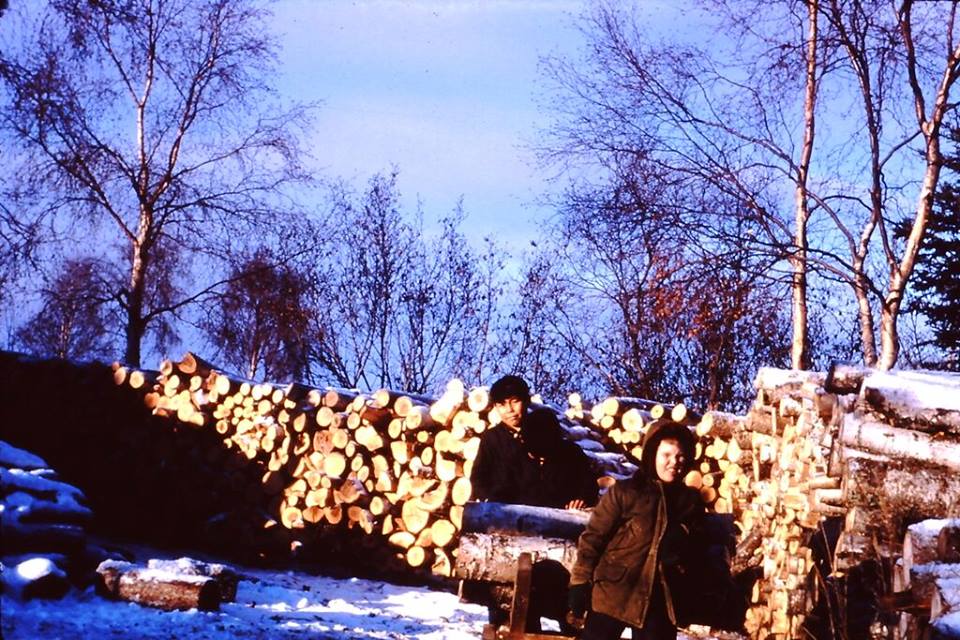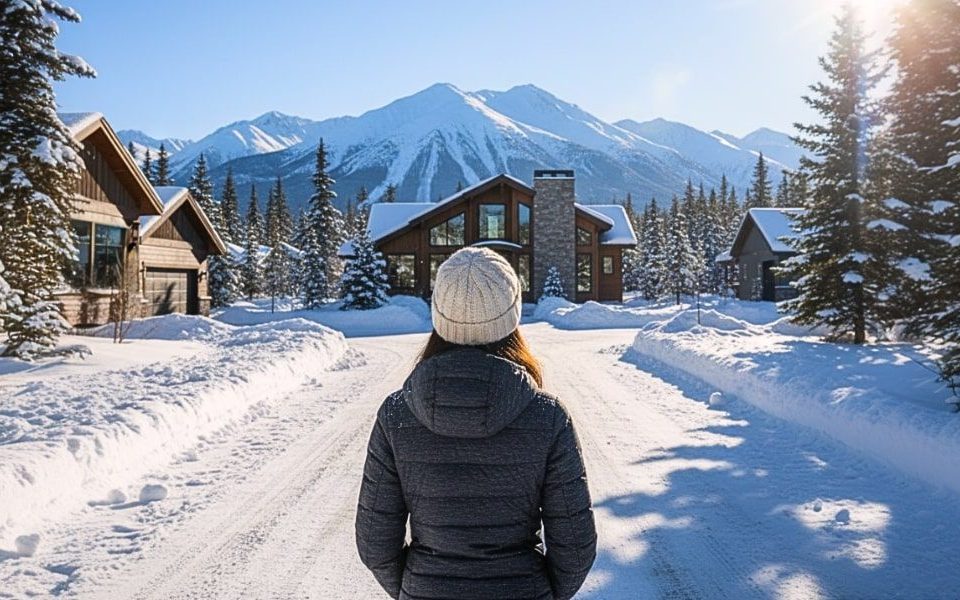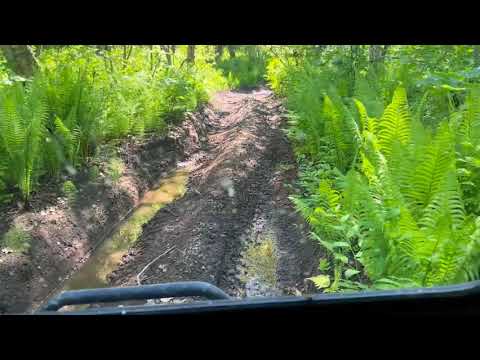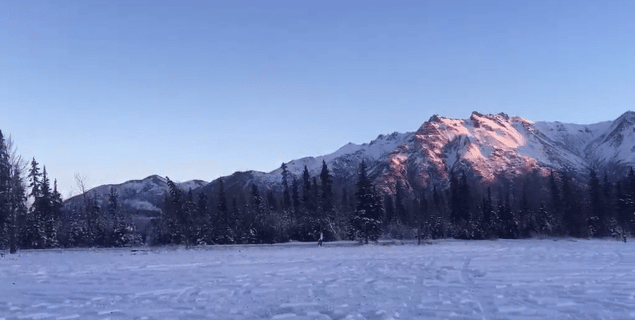
Air quality in the Mat-Su Borough has been in the news recently. There have been rumors about people taking away wood stoves and threatened fines for air pollution.
The Butte does have a problem with blowing silt and there is obviously nothing that can be done about that. These are larger particles which, although still a problem for susceptible individuals does not cause as much as a health risk as the smaller particles caused by smoke.
There are only two air quality monitors in the borough, one in Palmer and one in the Butte. They both measure the larger silt particles which are 10 micrometers in diameter and called PM10 for particulate matter 10 micometers or smaller in diameter. They also both measure the smaller PM2.5 particles which are obviously 2.5 micrometers in diameter or smaller.
You can read more about it on the Mat-Su Borough website here: Mat-Su Borough Air Quality
EPA has certain air standards for a lot of different types of air pollution, the PM10 and PM2.5 are only two of those. The Butte monitoring station which is just off of Mckechnie Loop Road recorded a few days in January and February of 2017 where the PM2.5 levels were over EPA standards. Most of the PM2.5 particulates were probably caused by wood burning.
After stifling my initial anti-government reactions about taking away my barrel stove I started to think more about this. I owe this to my friend and fellow Realtor Larry Ficek for encouraging me to read a book called Thinking Fast and Slow I started to have more and more questions about this. Every piece of information seemed to raise more questions. I have since found answers to some of the questions, partial answers to some of the questions, and some questions still remain without answers.
- Why was the Butte Air Quality monitor placed where it is and can it be moved? According to Barbara Trost at DEC it was placed there in 1998 primarily to measure the larger particulate matter. The larger PM10 was a known problem in the area. Later the monitor began to measure the smaller PM2.5 matter. Although it sits on a trailer and can obviously be physically moved, the fact that it has recorded poor air quality in the past would make it problematic to move it to a different site. This would alert the EPA that someone is trying to game the system.
- What air does this Butte Monitor actually measure? There is no real answer to this since this is the only monitor in the area. It is obviously measuring the air at the site. Its it accurate for air 200 yards away? Is it accurate 400 yards away? There is no answer to this but I suspect that it only measures the air very close to the site on most of the still, cold days in the Butte when there is an air inversion.
- What is actually causing the pollution? The smaller PM2.5 is caused by organic smoke. But this can be caused by wood burning stoves, burning garbage barrels, and burning brush piles. I suspect that brush burning on inversion days may be the real culprit here and not the wood stoves. The photo to the right that the borough used in this article and that the Anchorage Daily News used in this article. was obviously taken from the top of the Butte itself. It is obvious in this photo that most of the pollution is coming from one source and that source appears to be a brush pile on fire.
-
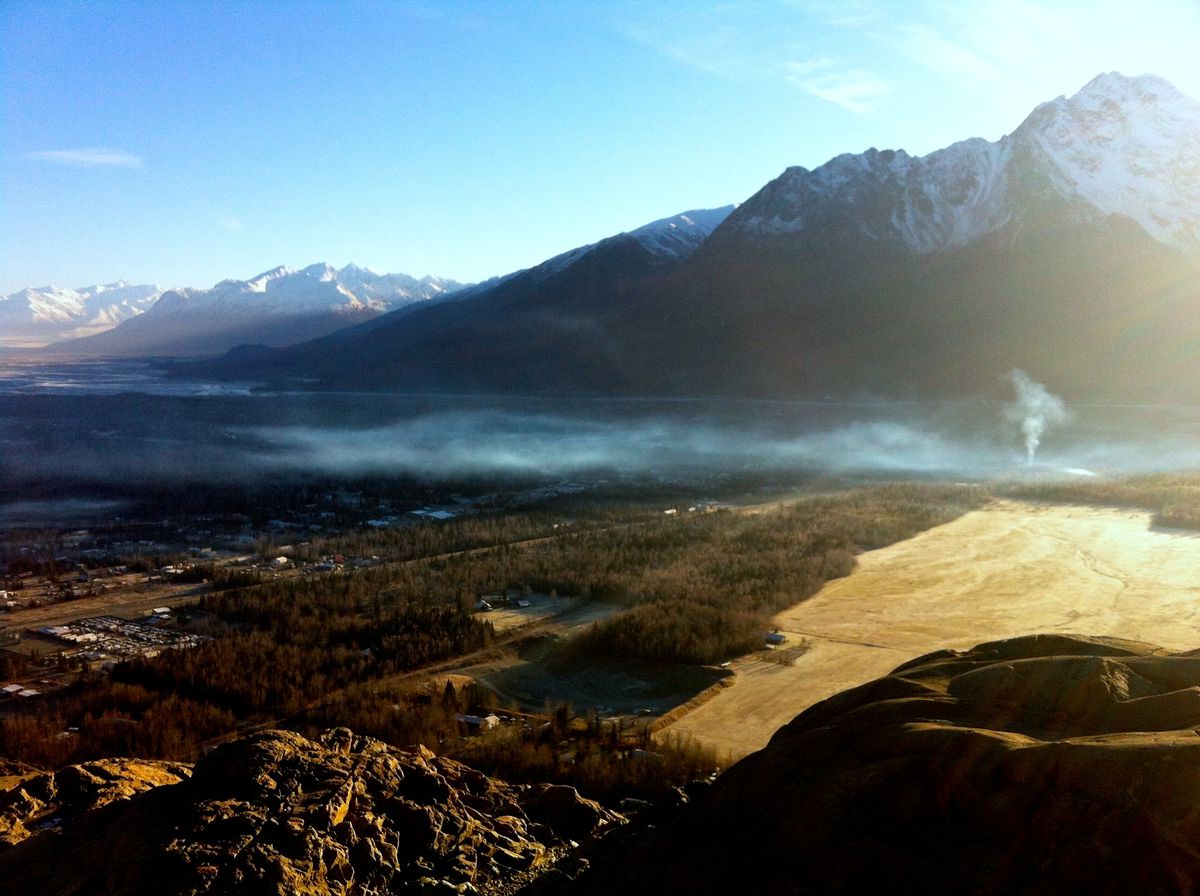
Butte Smoke, (Patty Sullivan/Matanuska Susitna Borough)
What happens if we do nothing? Apparently we are already past this point since the State of Alaska voluntarily installed the monitor in the Butte and that monitor has recorded air in violation of EPA standards. So we have already done something and that is we have reported air pollution in this location. If the air pollution gets much worse we will have reached non-attainment status. At that point the EPA requires the state to make a plan to clean the air.
- Is there a stick? Is the EPA going to fine us if we do not comply? This is a common threat that I have heard bounced around by many different people and the answer is NO, they will not fine us. The EPA does have a hammer that they can use but that hammer would not come into play for a long time. In other words, the air would have to be over EPA standards for a long time and we would have to make no efforts to improve it before they would actually impose sanctions. Those sanctions include withholding federal highway funds to the state. I have asked, and no one has been able to confirm that this has actually ever been done. It appears to be mostly a distant threat. But this can be a useful threat if you want to force the public’s hand to increase regulations.
- Is there a carrot? The federal government has learned over the years that you get more with honey than with vinegar so they have been able to get states to go along with regulations by sweetening the pot. (How’s that for two metaphors in one sentence?). In other words there is often money that the local and state governments can qualify for if they jump through certain hoops. Fairbanks received millions of dollars in grants to implement their air quality program. I have not confirmed, but suspect that this “carrot” may be the real reason borough staff appears to be in favor of implementing more action to improve the air quality.
- What is the best thing to do? The best thing to do is to educate people on how to burn wood. First, DON’T BURN BRUSH ON INVERSION DAYS. I think this is the biggest problem. I personally went out to the Butte a couple weeks ago on a cold, but not inversion, day and noticed a few wood burning chimneys sending up plumes of smoke but then saw one brush pile burning. Upon casual observation it appeared that the one brush pile was contributing more smoke to the air than all the other wood stoves combined. Second, if you use wood, burn seasoned wood and burn it hot. If you use smaller, hot fires you will end up using less wood and getting more heat from the wood you have. The borough already has an education campaign telling people to burn dry wood. That campaign really needs to focus on the Butte, that’s were the biggest issue is.
- What about talking to our neighbors? I grew up in Alaska. I grew up burning any wood we could get. In fact green birch was the best because it lasted longer in the barrel stove. You can see my Dad’s woodpile in the top photo. I burned all my garbage in garbage barrels. I would bring my six burn barrels to the dump when they were finally full. I burned the grass around my house every spring. It wasn’t until a neighbor came over one day and kindly asked my why I burned my grass that I started to think about it. I no longer burn my grass or garbage becasue I realize that it bothers my neighbors. We can all talk to our neighbors, we don’t need to be obnoxious, we are in this together. Neighbors helping neighbors is much better than EPA threats.
- Can we try to pay more attention to what is causing the problem? Try to see where the smoke is coming from and make a mental note. People burning good dry wood in a hot fire will not add enough pollution to cause a problem. If anyone is burning brush or garbage on a cold inversion day they need to wise up a little. I think we can nip this problem in the bud without using a government hammer.
- Unanswered questions? I still have some and I am working on finding answers. If I do I’ll update this post. Let me know if you have any yourself…

